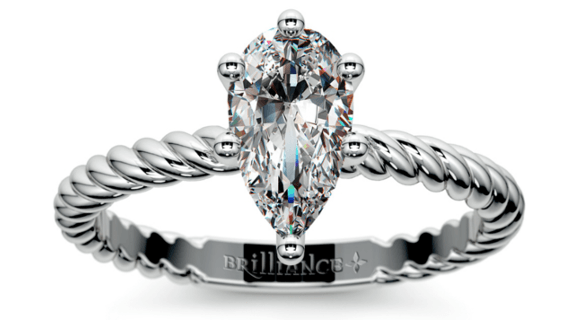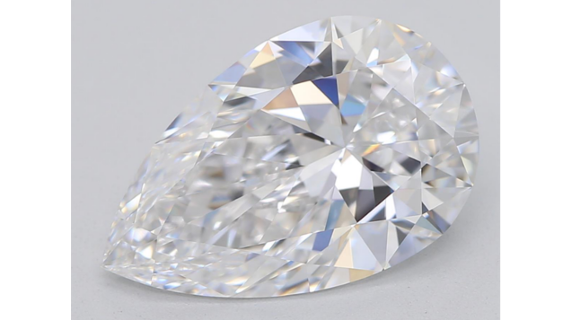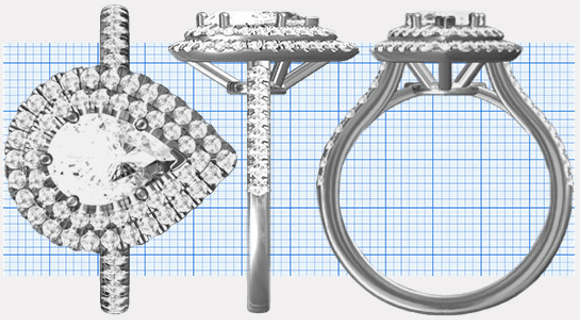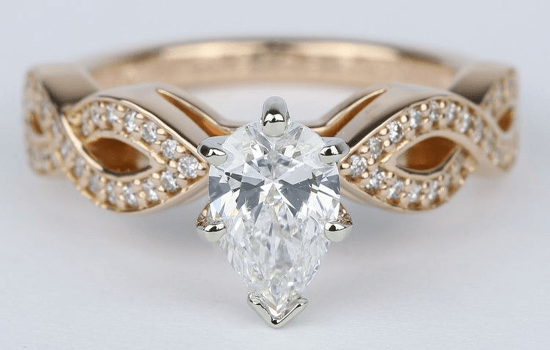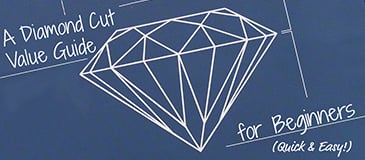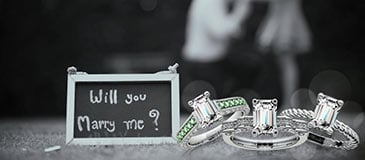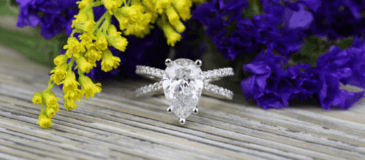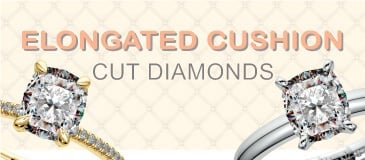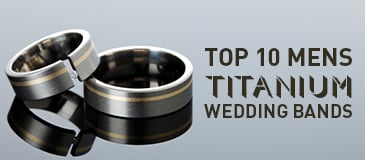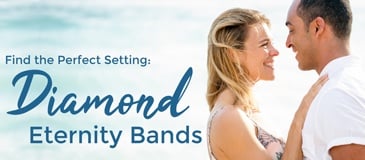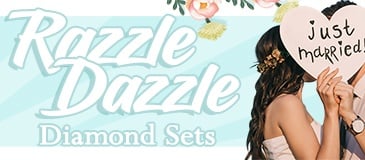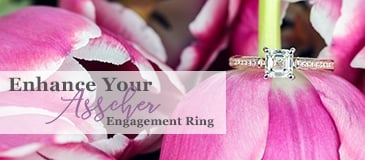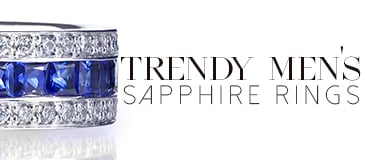The Elements of the Perfect Pear Diamond Engagement Ring
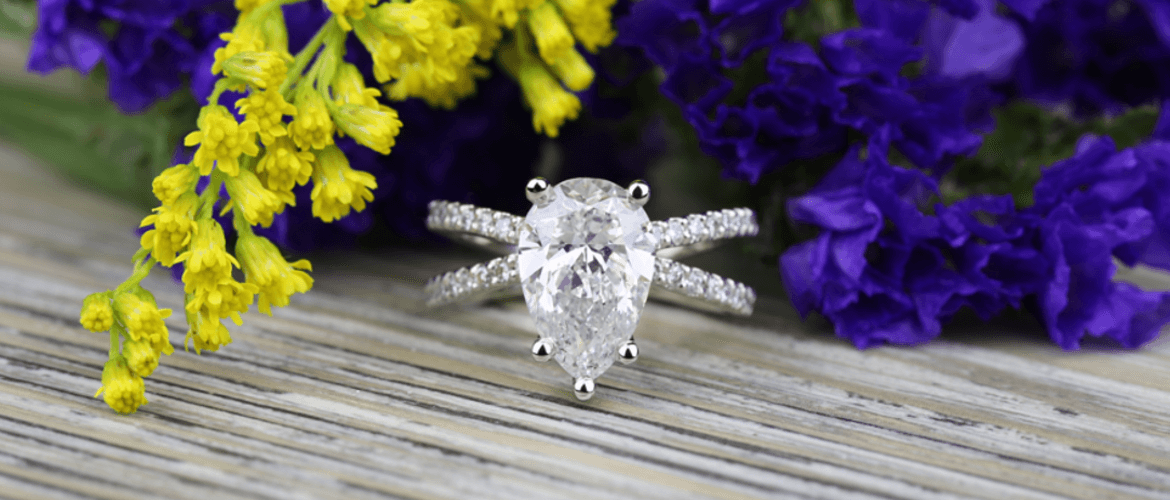
If you’re a unique and glamorous bride, the pear diamond engagement ring is the perfect choice for you. Also known as a teardrop diamond for its distinctive shape, the pear diamond is a beautiful feminine and vintage-inspired cut.
With one rounded side and one tapered side, the cut is a combination of the round brilliant and the marquise cut diamond. The only drawback to pear diamonds is that they range on the pricier side, but if you’re willing to invest, they can be a timeless piece of jewelry.
Here are the things to look out for to ensure you have the perfect pear diamond engagement ring:
